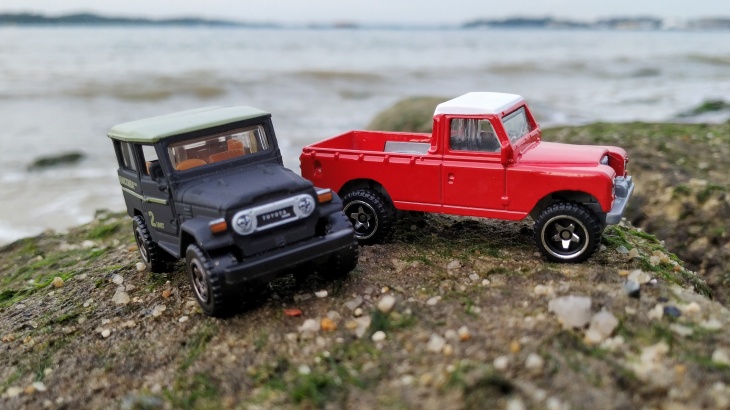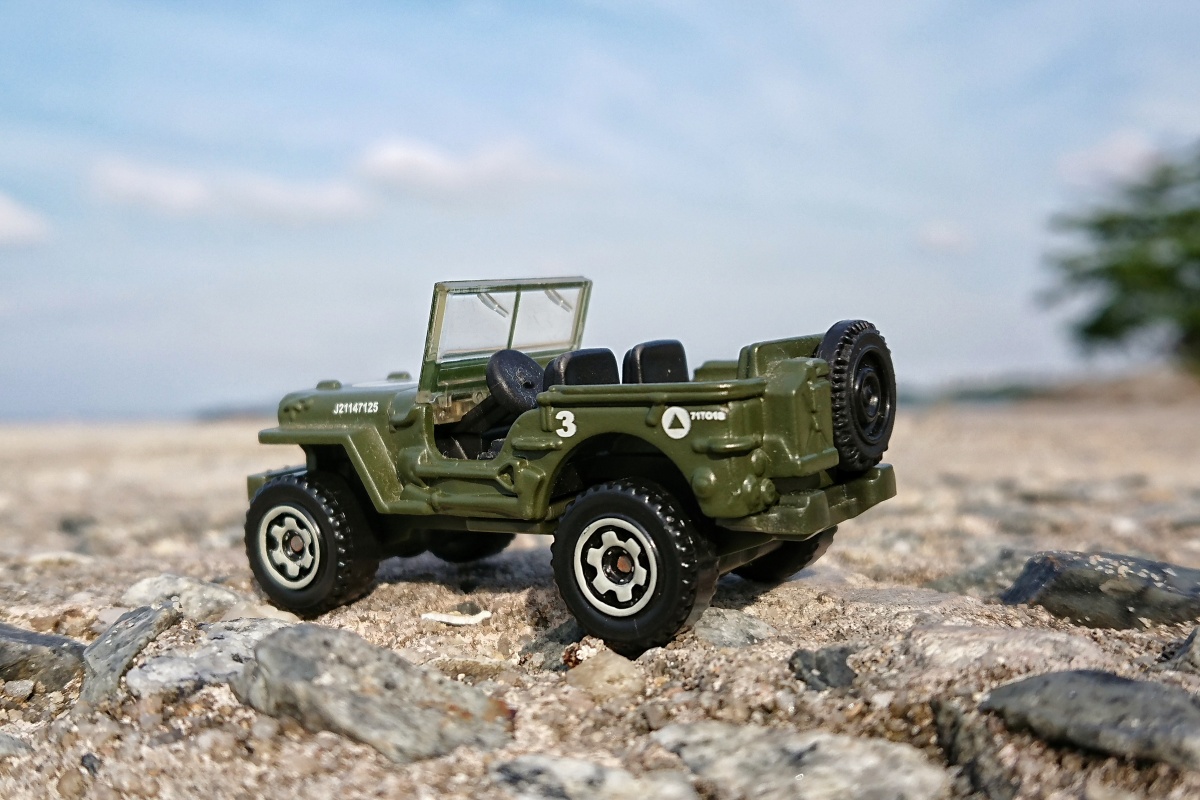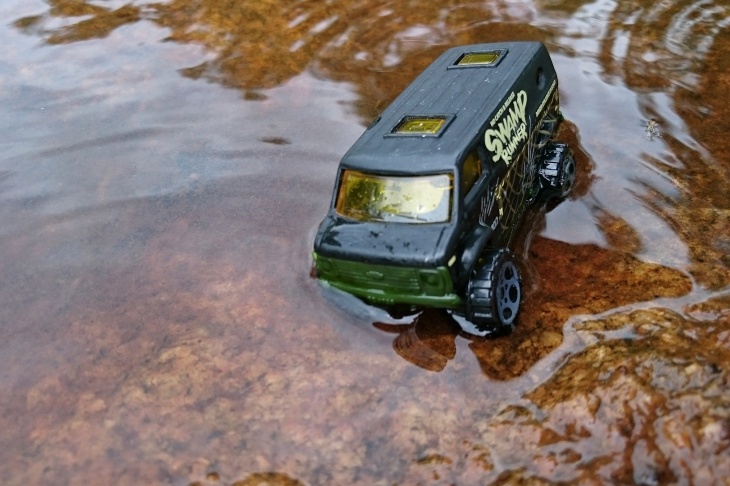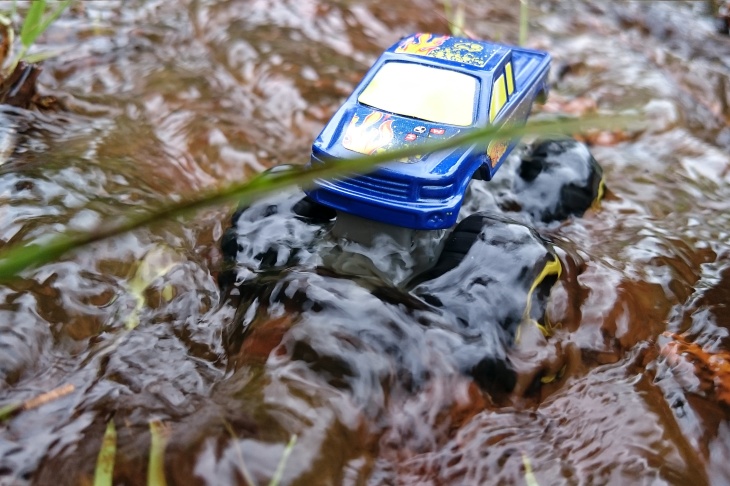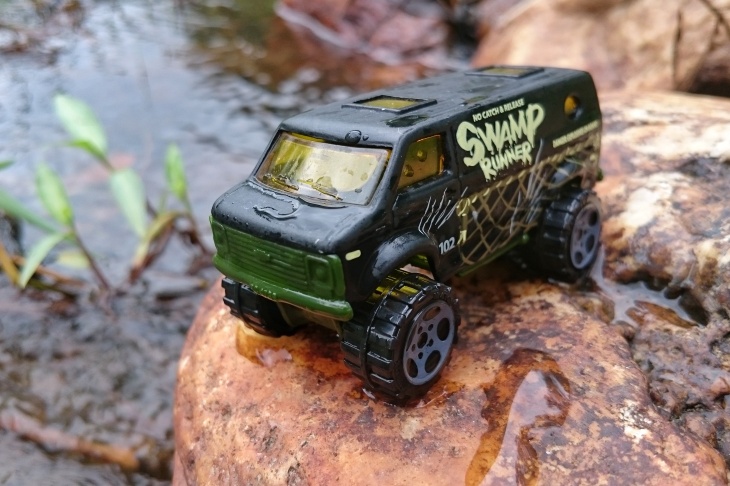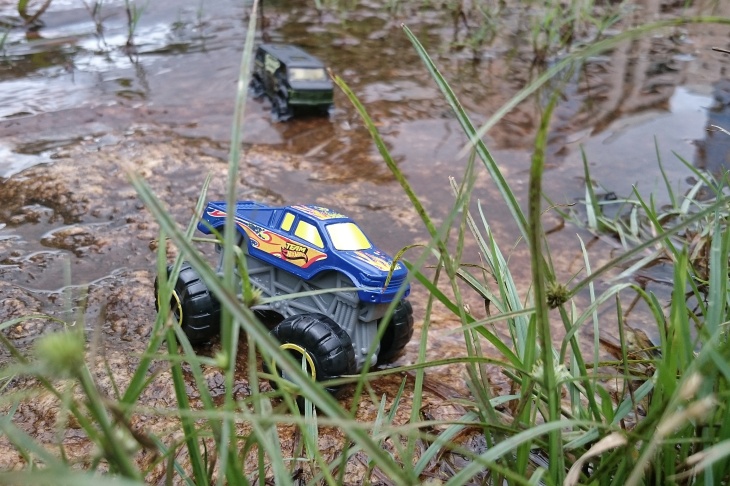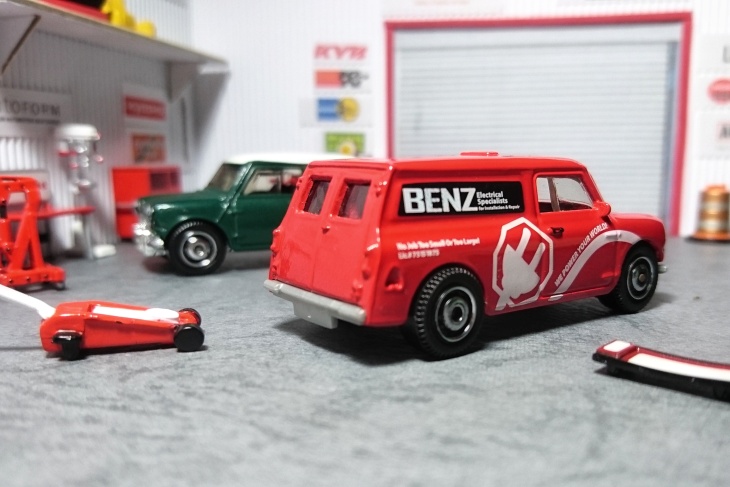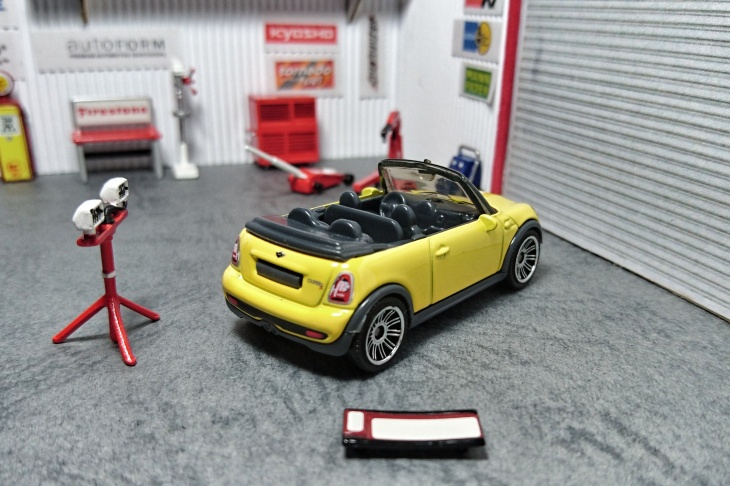The Toyota Land Cruiser and the Land Rover Series III. Two of the most famous four by fours and the granddaddy of the modern SUVs. One hails from Japan and the other from the UK. I’m not even going to touch on which is better because they are both really good at what they stand for.

This beautiful example of a rugged Land Cruiser FJ40 came from Matchbox and is from their Jungle Explorer series back in 2010. This casting is designed by no other than Ryu Asada. It comes in a matte black finish and splashes of olive green on the roof and decals. It has got excellent front fascia details such as a painted front grill, headlights, and even the turn signals. Anaconda decals and the number 2 on the sides add a touch of flavour to the vehicle. No such detailing on the rear though, but you won’t really mind since this is a well-sculpted casting. The doors are lined up with proper hinges, there is a number plate holder on the rear, the gas cover is carved in, the side vents as well, there are wing mirrors on the doors and the bonnet is pretty much sculpted as well. There are no windows on the front doors but everything else is covered and it gives you a nice view of that brown interior. The wheels are MBX R5002 and come in this nice shade of black. I love this piece.
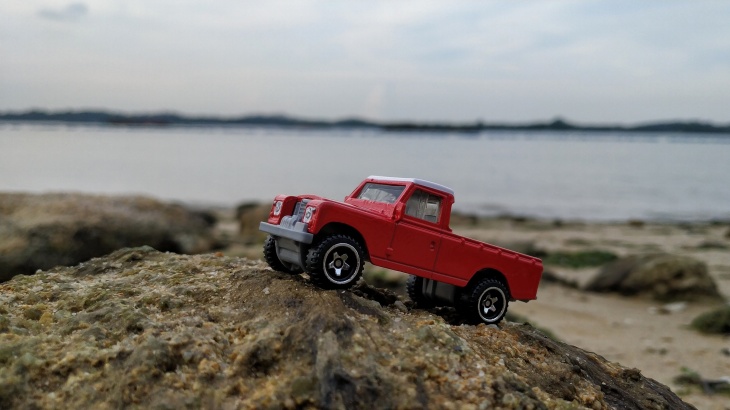
The Land Rover Series III pickup from Hot Wheels, on the other hand, comes in its signature bright red colour. This one comes from the Hot Wheels Hot Trucks series in 2019 and designed by Dimitriy Shakhmatov who also gave us the Unimog 1300. Another classic four by four, this comes in another beautifully sculpted casting. It has an insane amount of detailing similar to the MBX such as panel lined doors and pick-up bed, tonneau cover latches over the bed, door hinges, wing mirrors, and even the gas cap. The rest of the sculpting comes from the plastic that covers the interior, the front grill, and the spare tire on the pick-up bed. The grey doesn’t really liven it up as much, but it works fine. This is a utility truck after all. It comes with BAJA5 wheels and fits it perfectly. This is another beautiful piece.

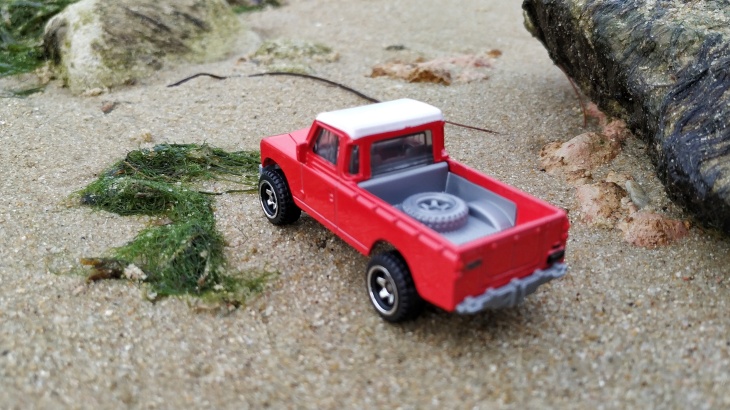
These classic four by fours are excellent for what they are. They bring the cars that they represent alive. I would put them in my bag and bring them about just in case a photo shoot opportunity comes along such as this one on the beach. Hopefully, I would retire to owning one (if not both) of these classics.
